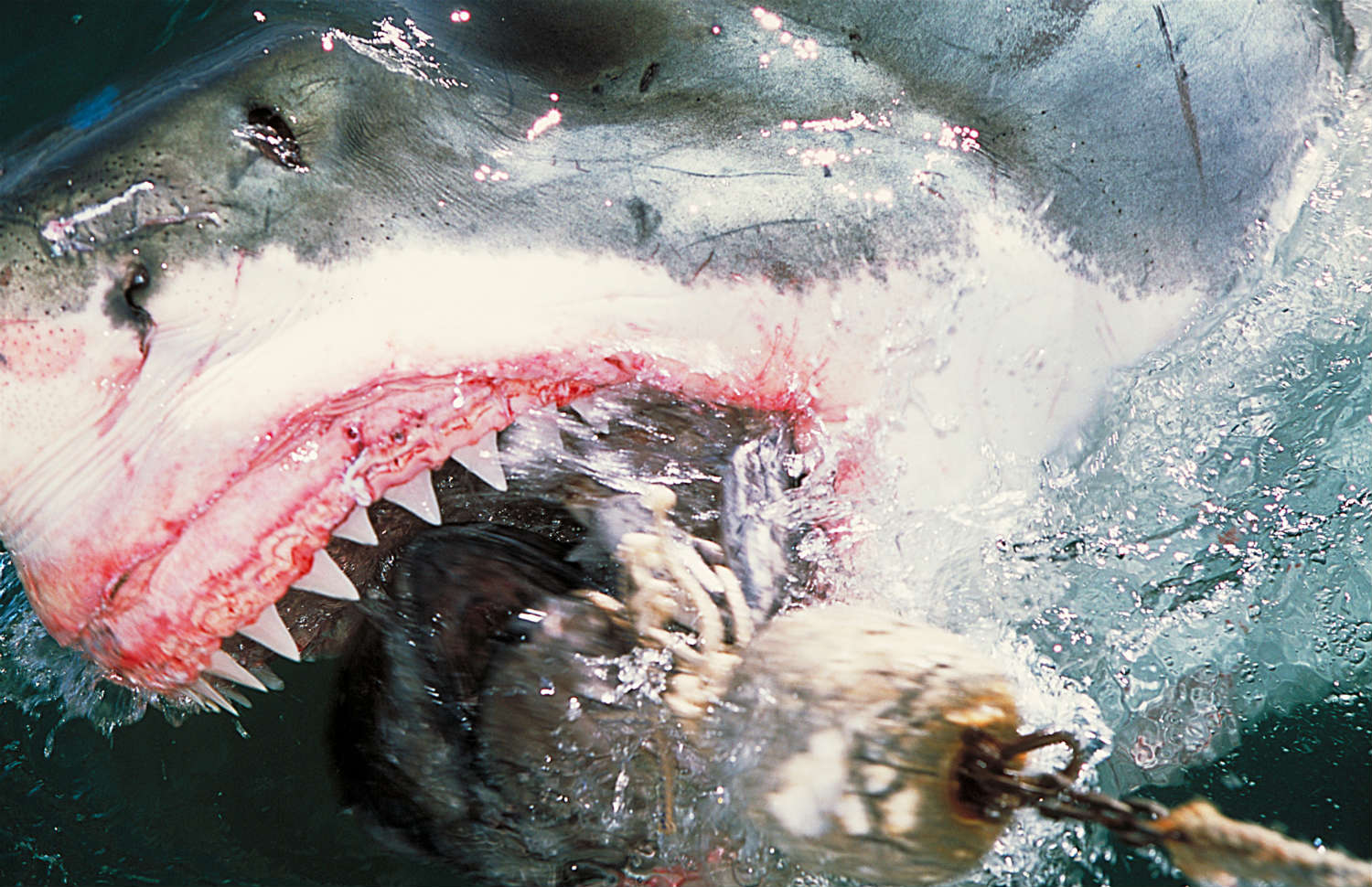
People are entering the waters off the west coast of Australia rather gingerly these days. Following a fatal attack on a surfer at Gracetown, 270 km south of Perth, on Nov. 23 — the second shark attack reported that day and the sixth fatality in the past two years — the state of Western Australia now holds the unenviable reputation as the world’s deadliest place for shark attacks.
In response, the Western Australian government has announced a controversial new shark-mitigation program that will see 72 drum lines (baited hooks attached to floatation devices) placed at eight popular beaches. Professional fishermen will be contracted to remove and destroy any shark larger than 3 m spotted near those beaches.
The move has sparked outrage from the people it aims to protect, with more than 4,500 Western Australians attending a protest at Perth’s Cottesloe Beach last weekend and similar protests taking place in Sydney, Melbourne, the Gold Coast and five other cities.
“While the rest of the world is turning to shark conservation, our government is sticking his head in the sand, ignoring all the experts and employing an archaic strategy,” Western Australians for Shark Conservation founder Ross Weir tells TIME. “What they are doing is illegal and violates 15 different United Nations conventions and treaties.”
The authorities, however, remain unmoved. “While we understand this policy will be divisive and cause anxiety for some in the community, it is clear that the number of fatalities in recent years required a stronger response, particularly for … the divers, surfers and swimmers who love to use the water,” says acting Premier Kim Hames. He adds that the policy was developed in consultation with more than 40 shark experts and based on shark-control programs that have been operating for decades in the Australian states of New South Wales and Queensland as well as Natal in South Africa.
However, data collected by the KwaZulu-Natal Sharks Board shows the bycatch from drum lining — which causes fatalities among small whales, dolphins, marine turtles and other endangered and innocent species — outnumbers the target catch by 5 to 1. Even when the large numbers of sharks are removed from the ocean, as took place in Hawaii in the 1960s and ’70s when nearly 4,700 sharks were culled, the approach fails to produce a measurable decrease in attacks.
Some experts are even warning that drum lines will increase the number of shark attacks. “Whenever you put bait in the water, you always risk bringing something to the area that was not there before,” says Nathan Hart, an associate professor at the University of Western Australia’s School of Animal Biology.
The most controversial aspect of the Western Australia plan is that it targets, among other species, the iconic great white shark. With great whites protected in Australia as an endangered species (due to a low rate of reproduction that makes them vulnerable to population collapse), there are thought to be fewer than 3,500 of them left in the ocean.
“The great white is an [International Union for Conservation of Nature] red-listed species with a higher protection status than humpback whales,” says Jeff Hanson, director of the Sea Shepherd Conservation Society of Australia. “The species is on life support and the Western Australian government wants to pull the plug. It’s indulging in hysteria,” he says, adding that his organization is considering mounting a legal challenge.
Instead of culling sharks, conservationists suggest research is the key to reducing attacks. Hart is currently leading a project funded by the Western Australian government to define the visual, electrical and vibrational cues that trigger shark attacks. The findings will be used to design the next generation of deterrent devices. Perth-based company Shark Shield, which sells such devices, has also been awarded a government grant to develop a new and improved version of its product that can be built into new surfboards or retrofitted into existing boards.
Then there’s social media, which is already helping humans coexist with the ocean’s apex predator. Western Australia’s fisheries department has attached transmitters to 320 large sharks that send tweets whenever any of the sharks move within 500 m of the shore. The tweets, posted on the Twitter account of Surf Life Saving Western Australia, inform beachgoers of the exact location, type and size of the shark. The project has proved exceedingly popular, quadrupling the SLSWA’s Twitter base from 8,000 to 27,500 in the space of a week, and attracted praise from celebrity shark advocate Richard Branson, who called it “another great example of technology helping to preserve the balance of man and nature.”
More Must-Reads from TIME
- Donald Trump Is TIME's 2024 Person of the Year
- Why We Chose Trump as Person of the Year
- Is Intermittent Fasting Good or Bad for You?
- The 100 Must-Read Books of 2024
- The 20 Best Christmas TV Episodes
- Column: If Optimism Feels Ridiculous Now, Try Hope
- The Future of Climate Action Is Trade Policy
- Merle Bombardieri Is Helping People Make the Baby Decision
Contact us at letters@time.com